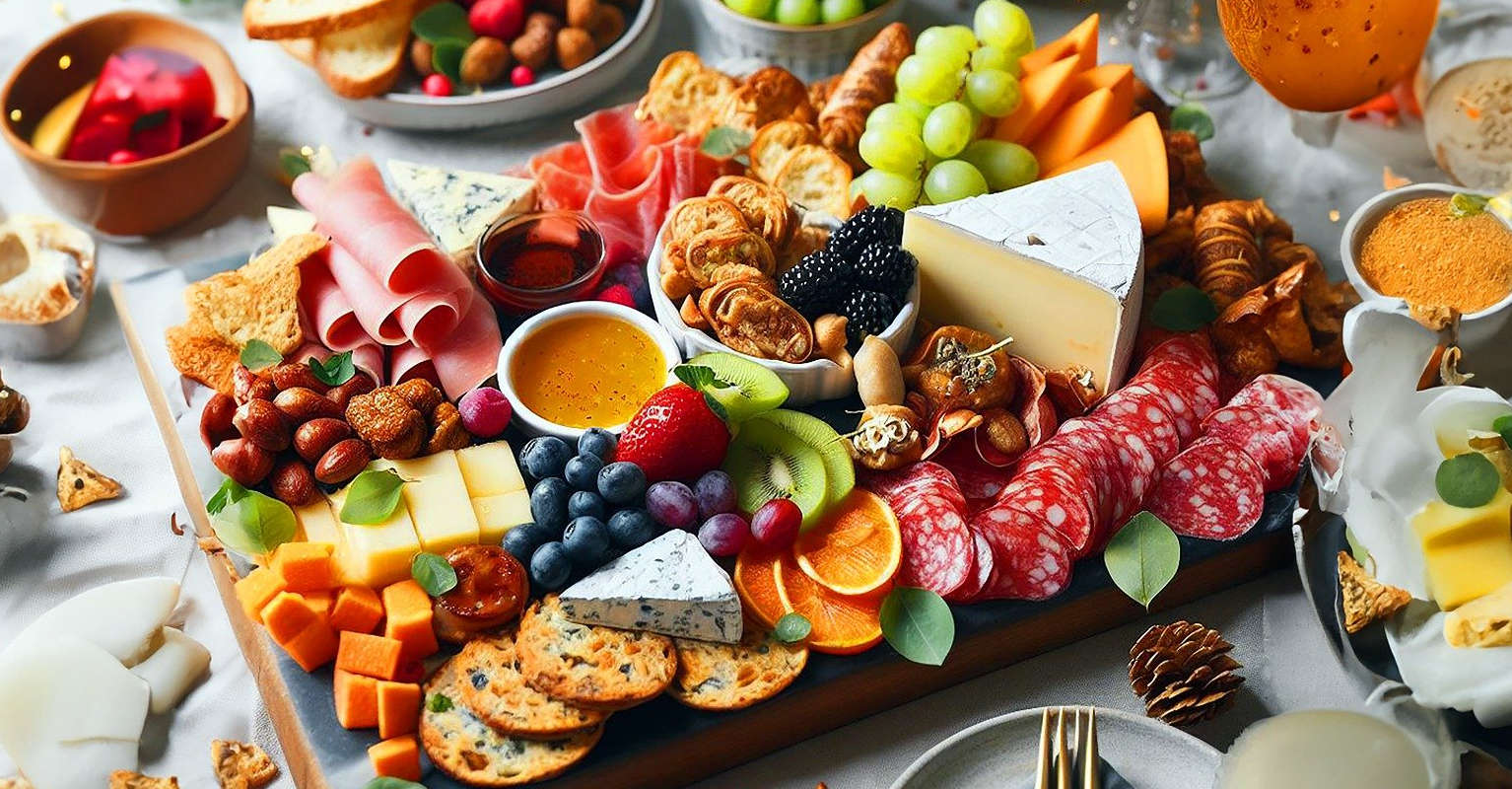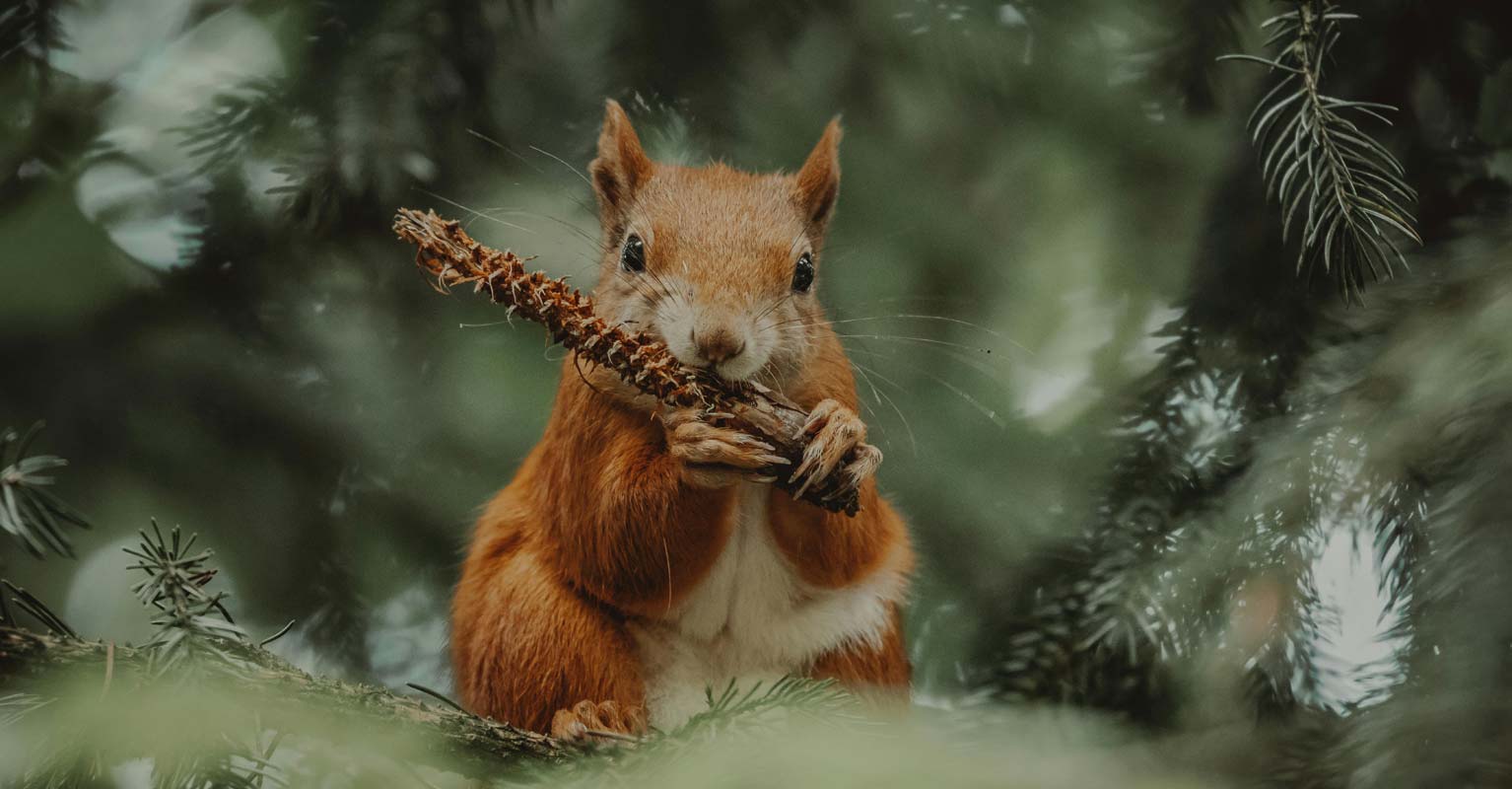Recently, while allowing a fourteen-year-old bottle of French country wine to blossom with its first breath of oxygen since bottling, I came to realize the amazing journey I’d taken with this precious—and living—aged red wine.
My wife and I started innocently enough with a road trip in our younger years down to Santa Barbara wine country. “Let’s start collecting wine!” was the idea. Collecting wine starts with an important premise that many people find hard to practice in everyday life: Purchase wines to drink separately from wines to collect to avoid drinking down your collection. On that trip we drove home with great excitement and a case of mixed Santa Barbara wines.
We began purchasing other gems from California wine country. We traveled to Europe and brought wine home in our backpacks and suitcases. Soon, we had quite a few cardboard cases of wine and we diligently continued to buy daily drinkers at our favorite retail shops until there were as many as thirty cases of wine stored bric-a-brac in our dark, dank cellar.
We lived in San Francisco where the average temperature is 57 degrees. Our old Victorian flat had a basement of concrete and stone—pretty much as good as any true winery cellar in Europe. Wine only requires consistency of temperature and humidity so we left the wine alone to slumber down there. This worked for years until we moved a short drive north from San Francisco, where the weather is drastically different.
Leaving our collection in its dusty collection of cardboard would certainly not do. A wine cabinet was the solution. I flipped the switches on the cabinet’s humidity and temperature controls and began the process of carefully moving each bottle from its beat-up cardboard box into the caring caress of cedar. With each bottle, I fondly recalled the situation in which it had been procured.

Years went by. Wines were regularly pulled from the cabinet, often enjoyed over dinners with friends. More wine replenished the supply.
One evening while enjoying a bottle from the collection, my wife and I discussed an idea that just sprung into our heads: Why not move to the mountains now, not later like we had planned? It was decided; we’d road trip to mountain towns and quite quickly we chose Bozeman as our new home. But what to do with all that wine? How would we get the wine and the cabinet up and over the Sierra and across the Northern Rockies? “Very carefully,” is the answer.
Dawn of arrival day broke with 30-below-zero temps. Our material lives spilled out of the moving vans with great pain and frozen fingers. Finally, I could see the pile of cardboard boxes and the wine cabinet stuff ed into the corner of the van. The booty was unloaded into a new and unfamiliar garage and I began the unpacking process. Memories came to me of when, where, and why wines were purchased: The little village co-op in the center of Gigondas, France; the town tasting room at the main piazza of Montepulciano, Italy; celebrating my wife’s milestone birthday with friends in the arid mountains of Mendoza, Argentina. These wines had come a long way and traveled hard.
If you’re interested in taking a similar journey of your own, note the lessons learned: You need a buying strategy, discipline, storage, consistency of environment, and, of course, try not to disrupt the wines by moving them (oops).
Now when I pull the cork of one of the wines that has lived alongside us and made the journey of a weary traveler, I recall the simple goal back in Santa Barbara almost thirty years ago and all the memories between there and here. What a simple but grand undertaking to taste wines and appreciate how they shift, change, and mature over the years, like us.




